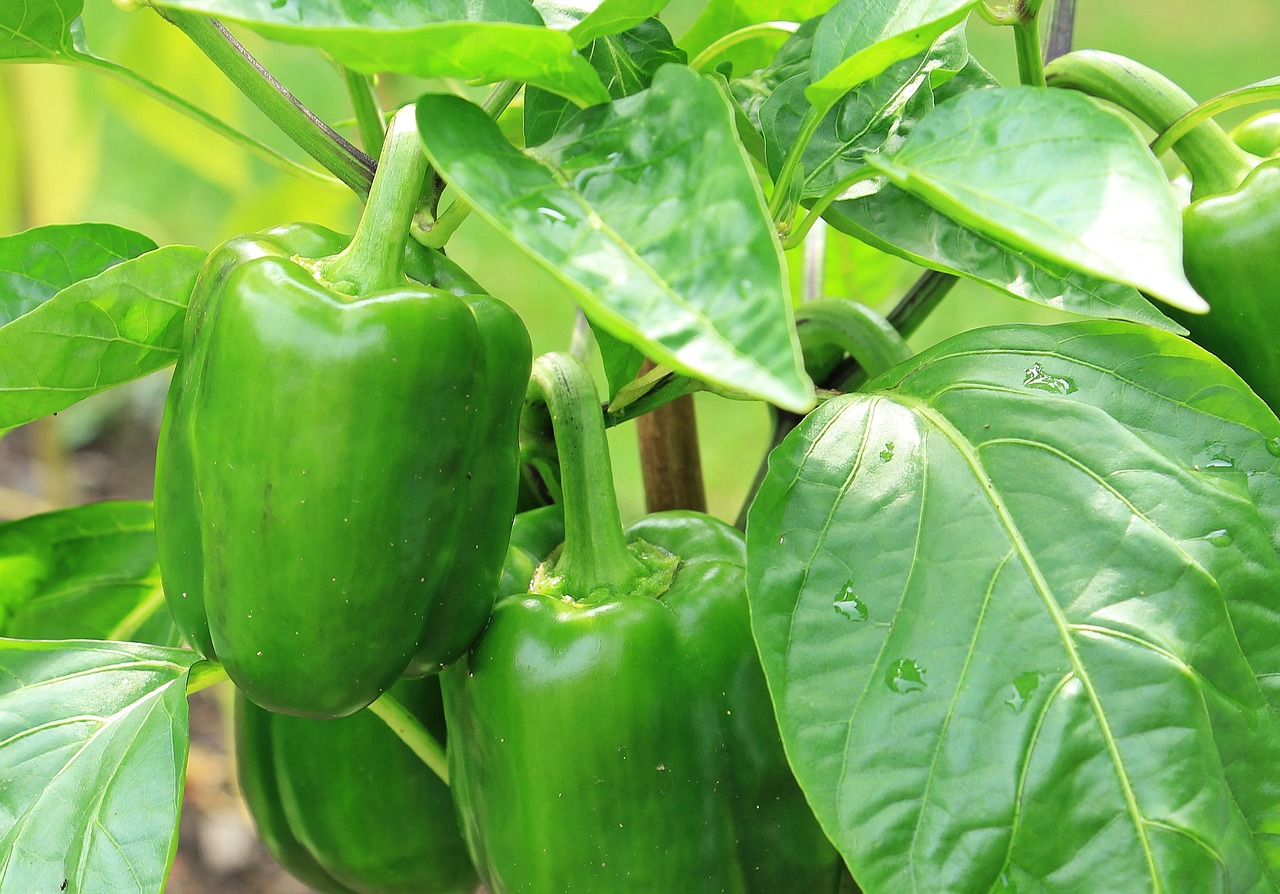A Guide to Understanding and Reducing Food Waste at Home
Food waste is a significant issue that impacts not only our wallets but also the environment. When we toss out food that is still perfectly edible, we are essentially throwing away all the resources that went into producing that food, such as water, land, and energy. This wastage exacerbates food scarcity concerns, especially when millions of people around the world still go hungry every day.
Furthermore, food waste contributes to greenhouse gas emissions. When food ends up in landfills, it decomposes and produces methane, a potent greenhouse gas that is significantly more harmful than carbon dioxide. In a world already grappling with climate change, our collective food wastage only adds fuel to the fire, creating a destructive cycle that harms both the planet and future generations.
The Environmental Impact of Food Waste
Food waste contributes significantly to environmental degradation. When food is thrown away and ends up in landfills, it decomposes and releases methane gas, a potent greenhouse gas. This gas is a major contributor to climate change, exacerbating global warming and its associated environmental impacts. Furthermore, the resources used to produce the wasted food, such as water, energy, and land, are also discarded, leading to a wasteful consumption of resources that could have been used more sustainably.
Aside from the greenhouse gas emissions, food waste also contributes to biodiversity loss. The land and resources allocated for growing food that is eventually wasted could have been used to support a more diverse range of ecosystems. Moreover, the chemicals and pesticides used in food production can contaminate soil and water sources when unused food is disposed of. By reducing food waste, we can help mitigate these environmental impacts and support a more sustainable food system.
Understanding Expiration Dates
When it comes to expiration dates on food products, many consumers may feel confused or uncertain about what they actually mean. The dates printed on packages are designed to indicate the date until which the item is expected to maintain its peak quality, not a strict deadline for consumption.
It’s important for consumers to understand that expiration dates are not always a guarantee of food safety. In fact, many foods can still be safe to eat even after the printed expiration date has passed. It’s essential to use common sense and rely on your senses, such as the appearance and smell of the food, to determine if it is still safe to consume.





